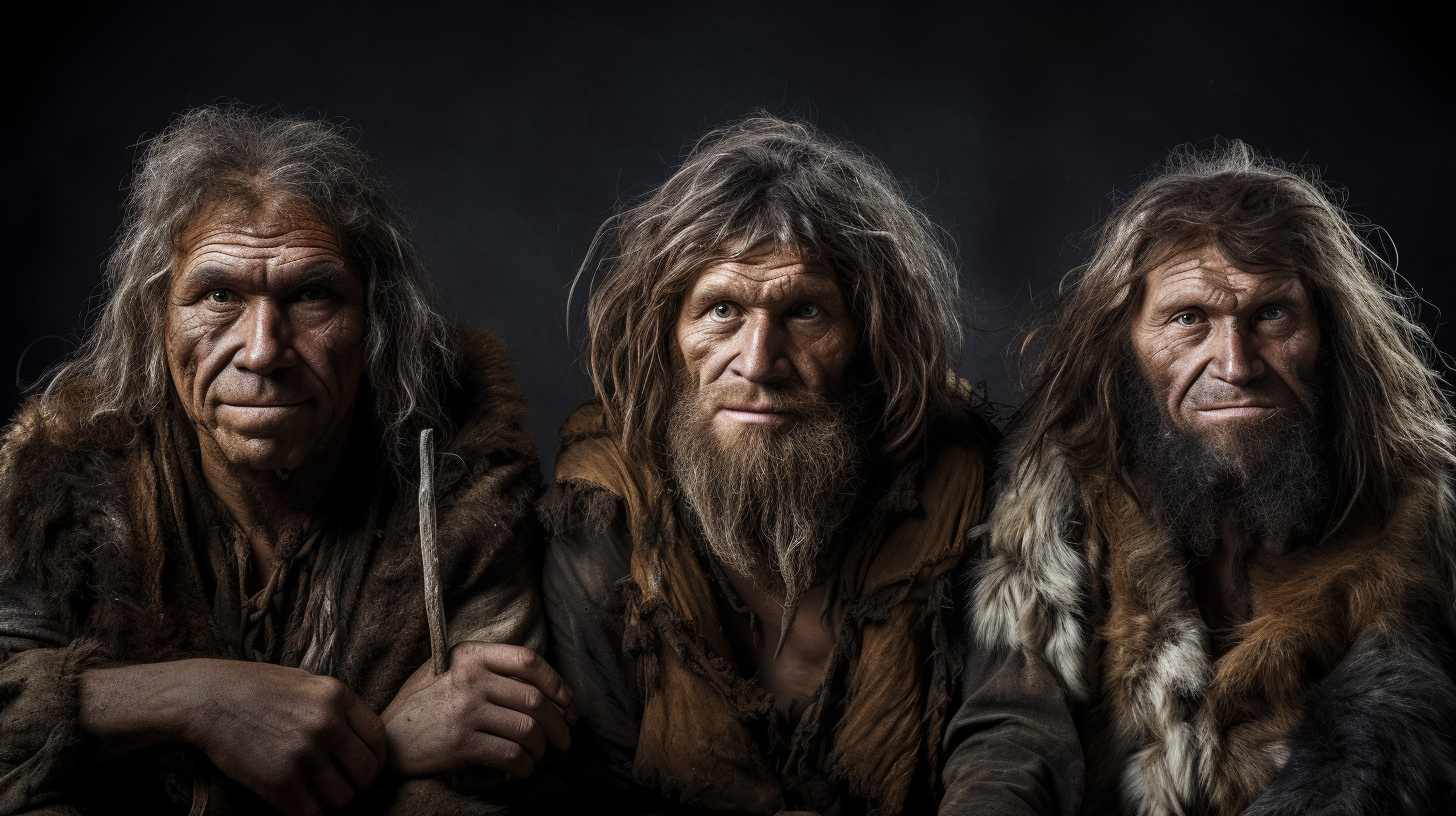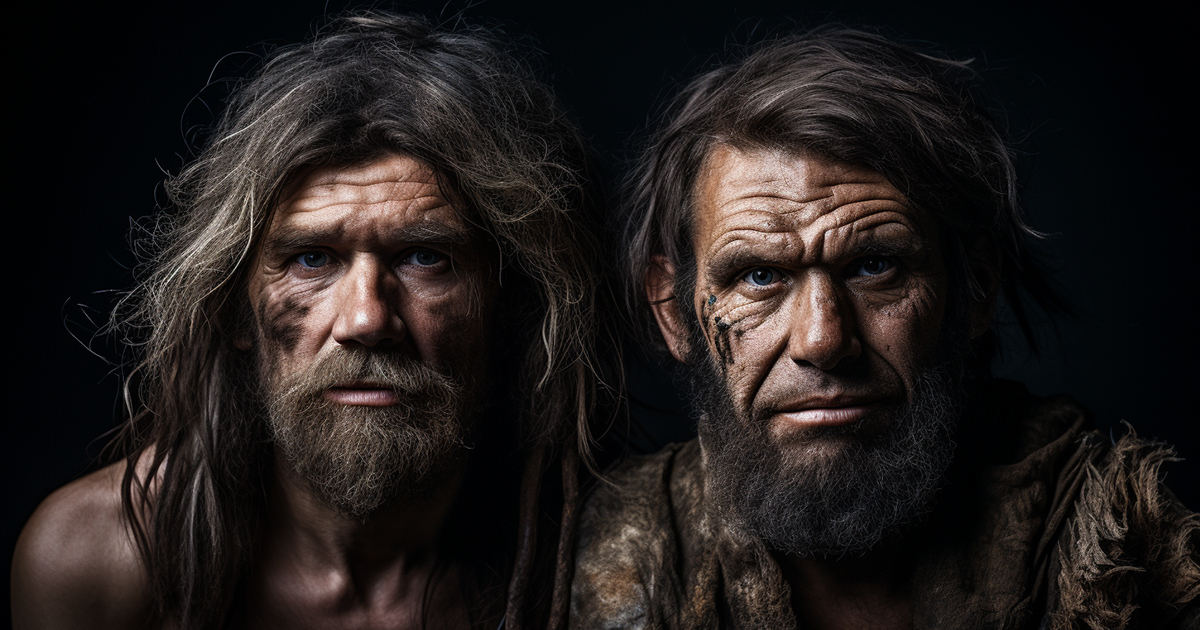In the picturesque landscape of Sima de las Palomas, Spain, in the year 2011, a remarkable discovery sent shockwaves through the archaeological community.
It wasn’t a treasure chest or a hidden city, but rather a grave that held the secrets of our ancient past. This grave contained three individuals, their arms neatly folded in a ritualistic fashion, hinting at a profound connection to a world we thought we knew.
At first glance, the archaeologists assumed these remains belonged to humans, but they soon realized that they were dealing with our evolutionary cousins – the Neanderthals. This revelation posed a fascinating question: did the Neanderthals possess a level of sophistication that we had underestimated?
The meticulous burial of these Neanderthals suggested something profound – a belief in an afterlife, perhaps even a form of deity. Such complex religious thinking challenges the stereotypical image of Neanderthals as brutish cavemen.
They were shorter and stockier than us, yet they possessed larger brains and exhibited signs of intelligence. They adorned themselves with clothing, displayed compassion by caring for their sick and elderly, and left behind clues of a budding culture.
In 2014, scientists delved deeper into the Neanderthal mystery, analyzing materials from 40 different archaeological sites.

Their findings yielded an astonishing revelation – Neanderthals existed alongside Homo sapiens for at least 1,000 years, with a reliable extinction date of approximately 40,000 years ago. Contrary to previous assumptions, their demise was not due to lack of intelligence.
However, the intrigue doesn’t end there. In 2013, evolutionary geneticists unearthed another enigma – modern human populations carried genomes from both Neanderthals and Denisovans.
This genetic mingling left its mark on select human groups. Neanderthal markers concentrated in European and Middle Eastern populations, while Denisovan markers were discovered in mainland Asian populations and among Pacific Islanders, New Guineans, and Australian Aborigines.
But what if this interbreeding was more than a chance encounter? Some ancient astronaut theorists propose a controversial theory: that interbreeding between these ancient hominid species disrupted an extraterrestrial experiment with protohumans, leading to the extinction of all but Homo sapiens.
The hypothesis suggests that different hominid strains were intentionally separated by vast tracts of land to prevent contact. Interbreeding, considered taboo, may have threatened the experiment’s essence. Was the Neanderthal strain eradicated to preserve the purity of the project?
This theory finds echoes in ancient texts, particularly religious texts from millennia ago. These texts speak of gods or a god creating pure humans and unleashing their wrath when humanity veered off course.
Could these stories be remnants of extraterrestrial intervention, an attempt to purify the human species by wiping out significant portions of early humans and starting anew?
Video:
The Neanderthal discovery in Sima de las Palomas, Spain, has peeled back the layers of an ancient enigma, raising questions about our shared history and the mysteries that lie buried beneath the earth’s surface. As we continue to unravel the secrets of our prehistoric past, we may find that our understanding of the world and our place in it is more complex and interconnected than we ever imagined.

24 thoughts on “Exploring Neanderthal Burials in Sima de las Palomas: An Intriguing Connection to Ancient Human Evolution”
Comments are closed.